Interview: Ken Nwadiogbu Talks Colour, Life In Lagos & Creating For Yourself
By Something CuratedHailing from Lagos, London-based multidisciplinary artist Ken Nwadiogbu recently graduated from the Royal College of Art with an MA in Painting. On his canvases, stories are superimposed in manifold layers. Nwadiogbu explores weighty themes in unfettered colour, inviting us to address matters from Black representation and identity to displacement and socio-political control. Open now and running until 25 November 2023, Abuja-based gallery Retro Africa presents a collaboratively organised exhibition by the artist at Kristin Hjellegjerde Gallery, London. Titled Fragments of Reality, the show is a visual exploration of images captured by the artist in London, which align with the experiences and challenges faced by Black immigrants in the UK. Sometimes staged, sometimes serendipitous, the composition of each canvas is created through skilful inclusion and omission. Also featuring new sculptures, the presentation extends the artist’s exploration of the box as a potent motif. To learn more about Nwadiogbu, the new exhibition, and what he has planned next, Something Curated spoke with the artist.
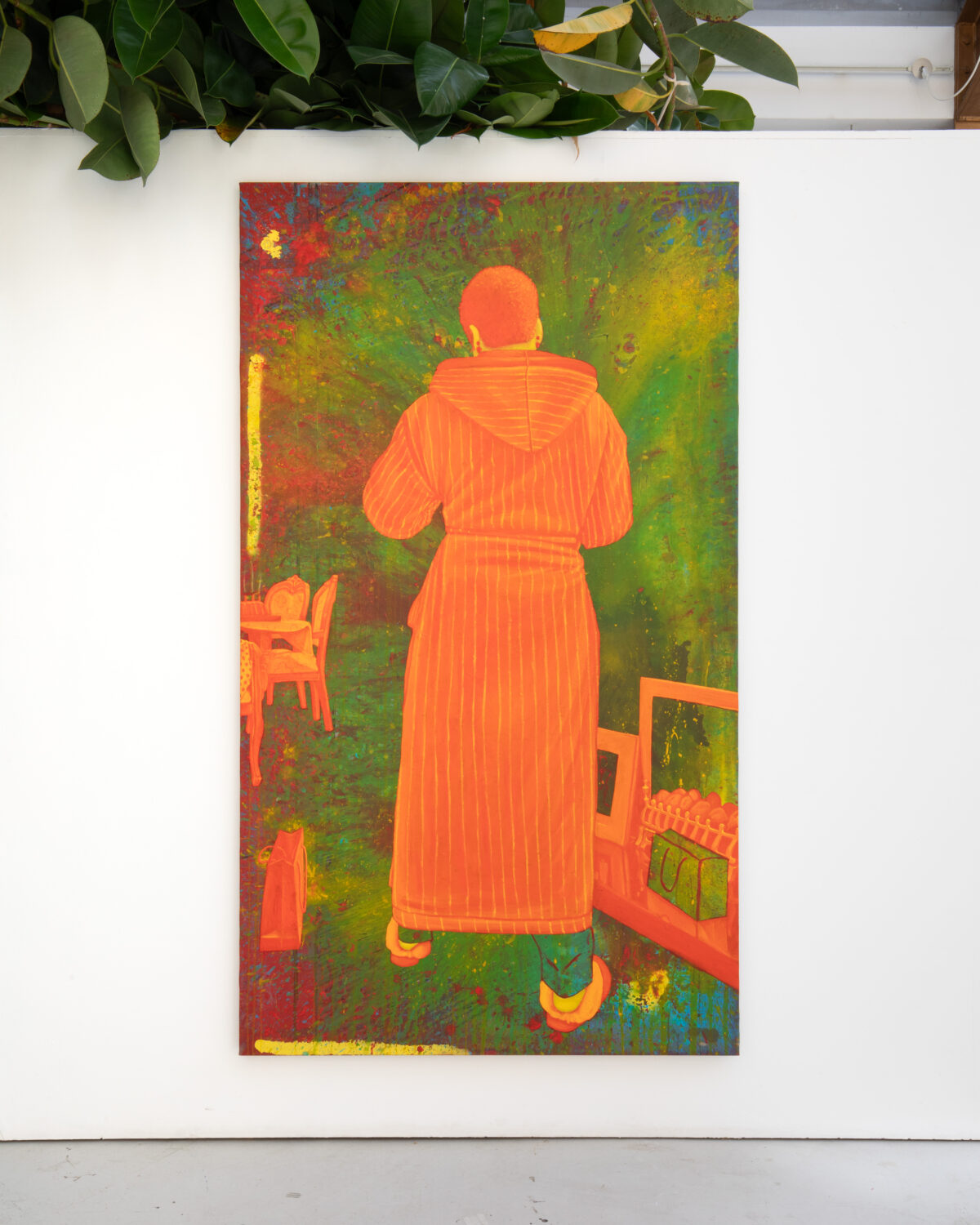
Something Curated: Can you give us some insight into your background and journey to artmaking?
Ken Nwadiogbu: I am a Nigeria-born London-based visual artist. I consider myself privileged to have grown up in the vibrant city of Lagos, Nigeria as it exposed me to a world of creativity and artistry that would ultimately shape my life. My fascination with art began on the bustling streets of Lagos, where roadside artworks ignited a spark within me that would later inspire my passion for making sketches and caricatures. Despite my budding interest in art, I pursued a degree in Civil Engineering. It was during my time in university that I encountered an undergraduate student whose artwork left me awestruck. It was a hyperrealistic drawing of the Dean of my university at that time.
I was so determined to learn that I reached out to him and he introduced me to the world of hyperrealism. He showed me a few YouTube pages where I came across this incredible artist Kelvin Okafor, who was creating amazing artworks. I dedicated my free time to studying Okafor’s works, improving my skills, and learning the details in his pieces. By my second year in the university, I was creating drawings that impressed my peers, and a business was born. I had someone who helped with securing clients and I began taking commissions.
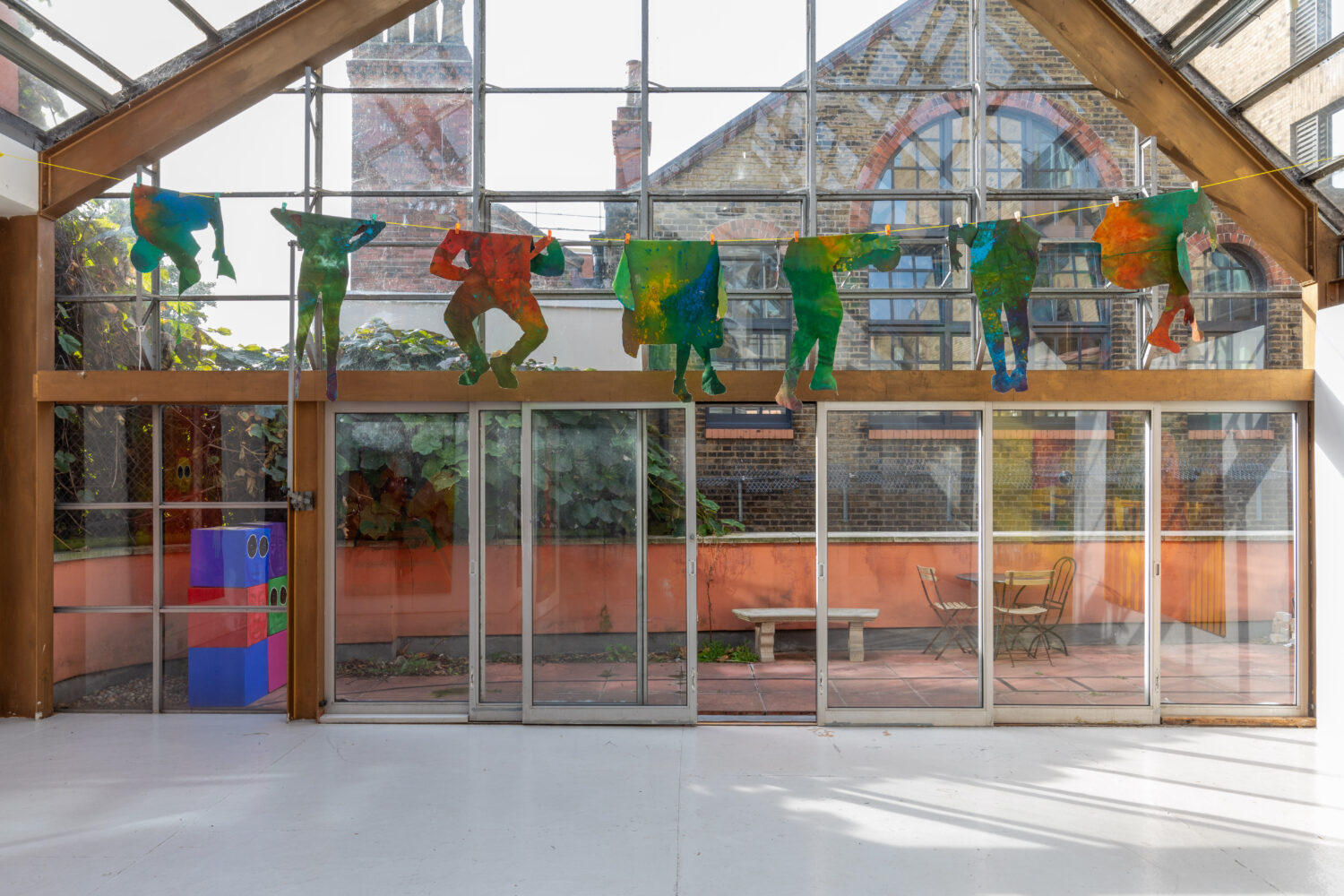
My path took a significant turn when I was approached by Ayo Adeyinka, the founder of Tafeta Gallery. He asked me to create a piece of art that I truly desired to make, a departure from the notion of creating art solely for others’ approval. I created an artwork of my sister in a hyperrealistic portrait that symbolised the different layers of life we uncover as we journey through it. This experience marked my official entry into the world of expression and eventually the art world. Through my involvement in the art world, I had the privilege of meeting influential figures like Frank Momoh, Dolly Kola-Balogun, Azu Nwagbogu and remarkable artists, such as Victor Ehikhamenor. These connections opened up new dimensions in my art career, expanding my horizons. I now hold an MA in Painting from the Royal College of Art, London.
SC: How did you approach selecting works to include in your current presentation at Kristin Hjellegjerde Gallery?
KN: Introducing a new body of work can be a bit challenging, so the process of selecting artworks that effectively carry the intended message and engage the audience is a task that demands careful consideration. I am very thankful to the co-curator of the exhibition Dolly Kola-Balogun, the founder of Retro Africa, for assisting me. We basically put our heads together to make this selection really successful. I already had the title for the exhibition before the selection process started.
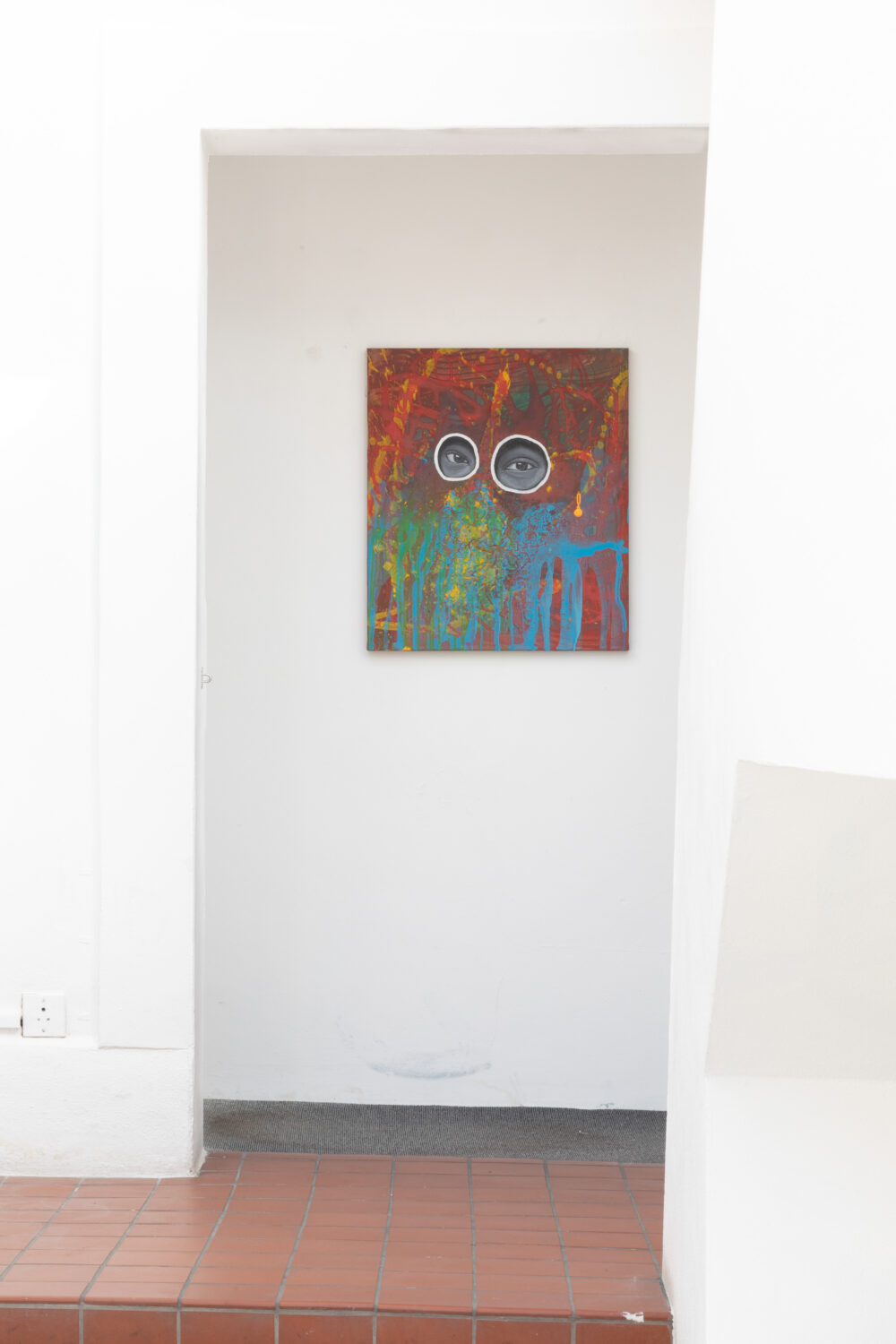
SC: Stacked boxes are a recurring motif in your oeuvre — what is the significance of the box in your work?
KN: The significance of materials is very important in my installation, Journey Mercies, which incorporates a stack of cardboard boxes. I always think to myself, where is this box coming from? Where is it going? What is inside? These are the same questions I battle with every time I am about to make a journey either to London, Paris or Miami. Where am I coming from? Where am I going to? Who am I? And I began to see the relationship between my journey and the boxes. We are migrants embarking on a journey. That journey most of the time is rough and filled with obstacles, some get missing or lost along the way while only a few get to the location.
The idea is to consider who a migrant is and why they are making these journeys. In a sense, when one contemplates the box, it always transports something of value, whether it’s money transferred from one place to another or personal belongings when relocating. Each box carries items of significance, just as I believe that every migrant bears something valuable, regardless of weather they are searching for knowledge or seeking freedom. This value may manifest as culture, wisdom, or even talent. Once we understand that being a migrant does not equate to having no potential but, rather, signifies a person moving with inherent value, we can redefine our perception of migrants and embrace the concept of migration, even in Africa.
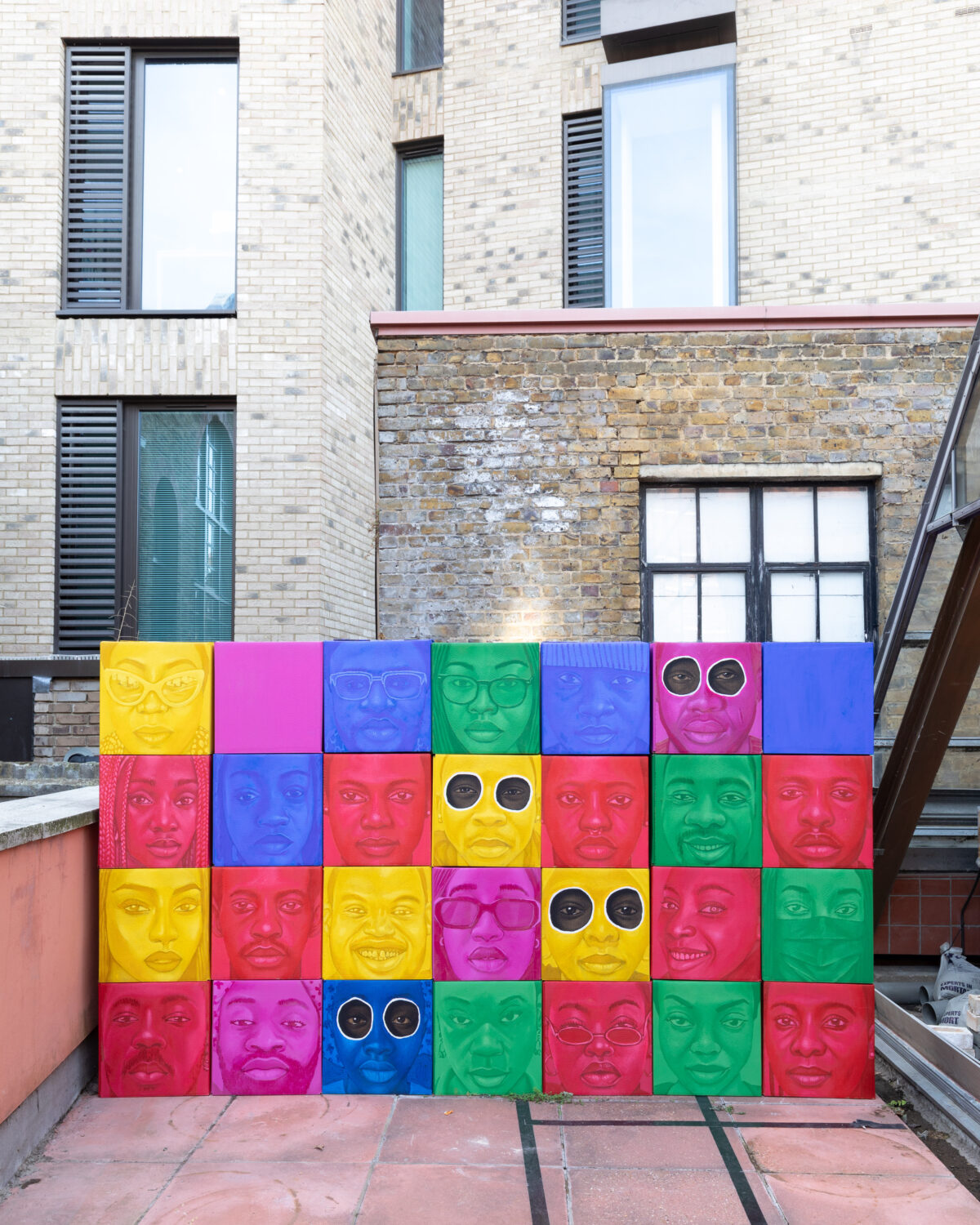
SC: You utilise a distinct and bold palette across mediums — could you expand on your relationship with colour?
KN: My colour palettes are heavily influenced by my use of charcoal. During the pandemic in 2020, when I aspired to paint, I found myself without any guidance on how to mix paints to achieve my desired shades. However, my familiarity with working with charcoal led me to experiment. In some ways, creating charcoal drawings felt akin to painting with acrylics. So, at that point, I began breaking down my acrylic paints into various shades and approached the canvas as though I was working with charcoal. It could be shades of reds, or yellows, or blues. This method introduced a fresh and unique dimension to my artistic process. I strongly believe that circumstances put you in a position to create something new. For this new body of work, I began to consider the colours that could evoke energy. I decided to pick the palette of a thermal imager, a device that records heat energy.
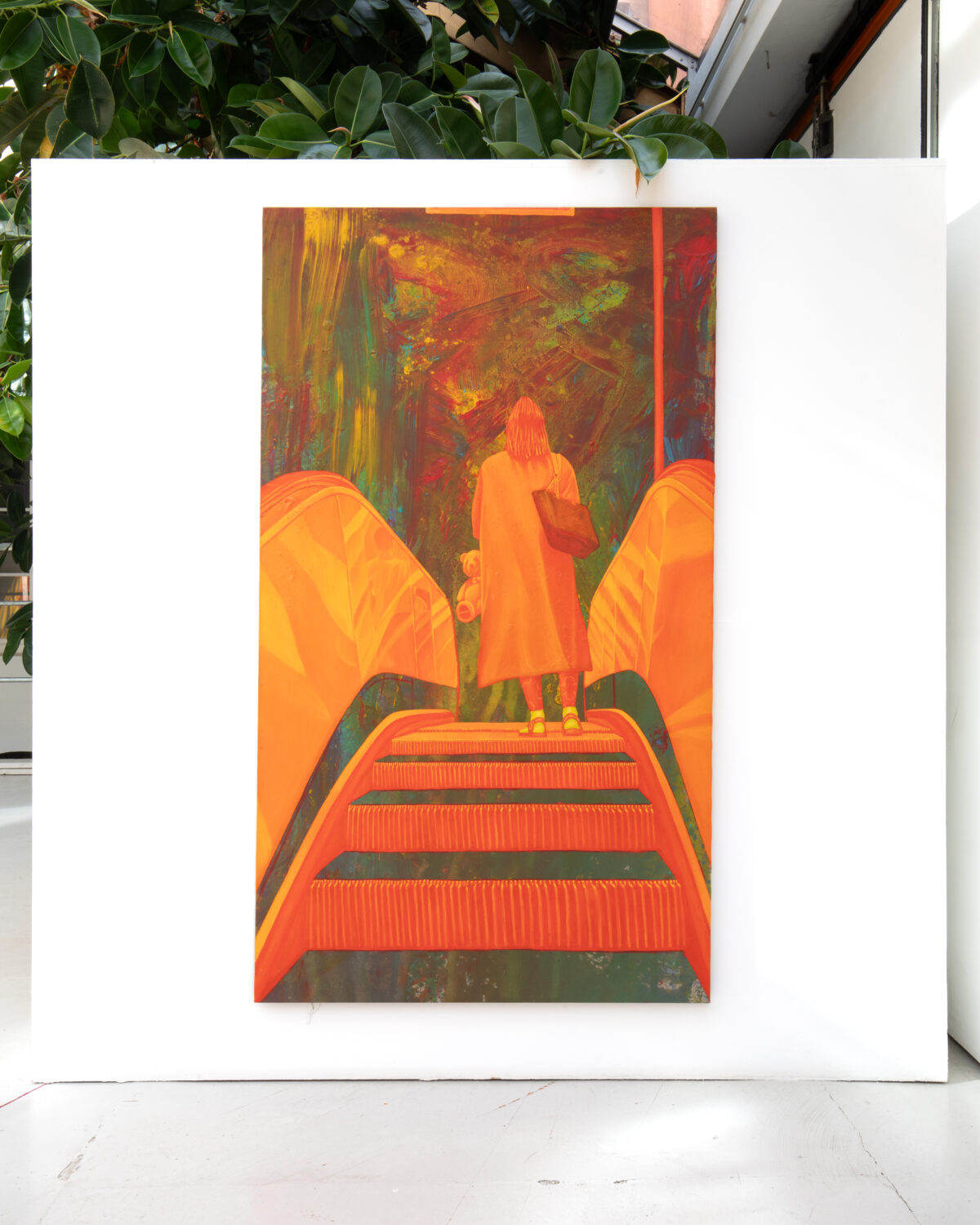
SC: What are you currently working on?
KN: I am presently working on a series of paintings that will be at ART SG, Singapore next year with Retro Africa, which I am very excited about. I’m also building a sculpture which I have been working on for a while. While it may not make its debut in Singapore, I am determined to complete it in the coming year.
SC: And could you tell us about your involvement with Hospital Rooms?
KN: The Hospital Rooms project is truly a remarkable one as it introduces art to places where it can make a positive impact. For this season, 2023-2024, in collaboration with Norfolk and Suffolk NHS, the art and mental health project will be focussed on the Hellesdon Hospital in Norwich. When they reached out to me to join this extraordinary journey, I was really excited about the opportunity of introducing my work in a space different from a collector’s home or the walls of a gallery. The goal for this project is to lead several workshops and install a site-specific piece in the building.
Feature image: Courtesy of Ken Nwadiogbu and Kristin Hjellegjerde Gallery. Photography by Benjamin Deakin